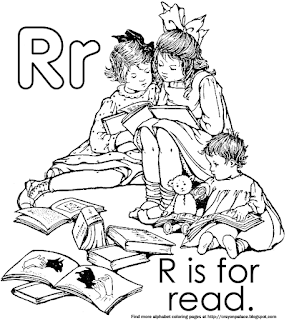English eight, from Old English eahta, æhta, Proto-Germanic *ahto is a direct continuation of Proto-Indo-European *oḱtṓ(w)-, and as such cognate with Greek ὀκτώ and Latin octo-, both of which stems are reflected by the English prefix oct(o)-, as in the ordinal adjective octaval or octavary, the distributive adjective is octonary. The adjective octuple (Latin octu-plus) may also be used as a noun, meaning "a set of eight items"; the diminutive octuplet is mostly used to refer to eight sibling delivered in one birth.
The Semitic numeral is based on a root *θmn-, whence Akkadian smn-, Arabic ṯmn-, Hebrew šmn- etc. The Chinese numeral (pinyin bā) is from an Old Chinese *priāt-, ultimately from Sino-Tibetan b-r-gyat or b-g-ryat which also yielded Tibetan brgyat.
It has been argued that, as the cardinal number seven is the highest number of item that can universally be cognitively processed as a single set, the etymology of the numeral
eight might be the first to be considered composite, either as "twice four" or as "two short of ten", or similar. The Turkic words for "eight" are from a Proto-Turkic stem
*sekiz, which has been suggested as originating as a negation of
eki "two", as in "without two fingers" (i.e., "two short of ten; two fingers are not being held up"); this same principle is found in Finnic
*kakte-ksa, which conveys a meaning of "two before (ten)". The Proto-Indo-European reconstruction
*oḱtṓ(w)-
itself has been argued as representing an old dual, which would
correspond to an original meaning of "twice four". Proponents of this
"quaternary hypothesis" adduce the numeral
nine, which might be built on the stem
new-, meaning "new" (indicating the beginning of a "new set of numerals" after having counted to eight).
Read more...
Coloring Pages About the Number "8"



